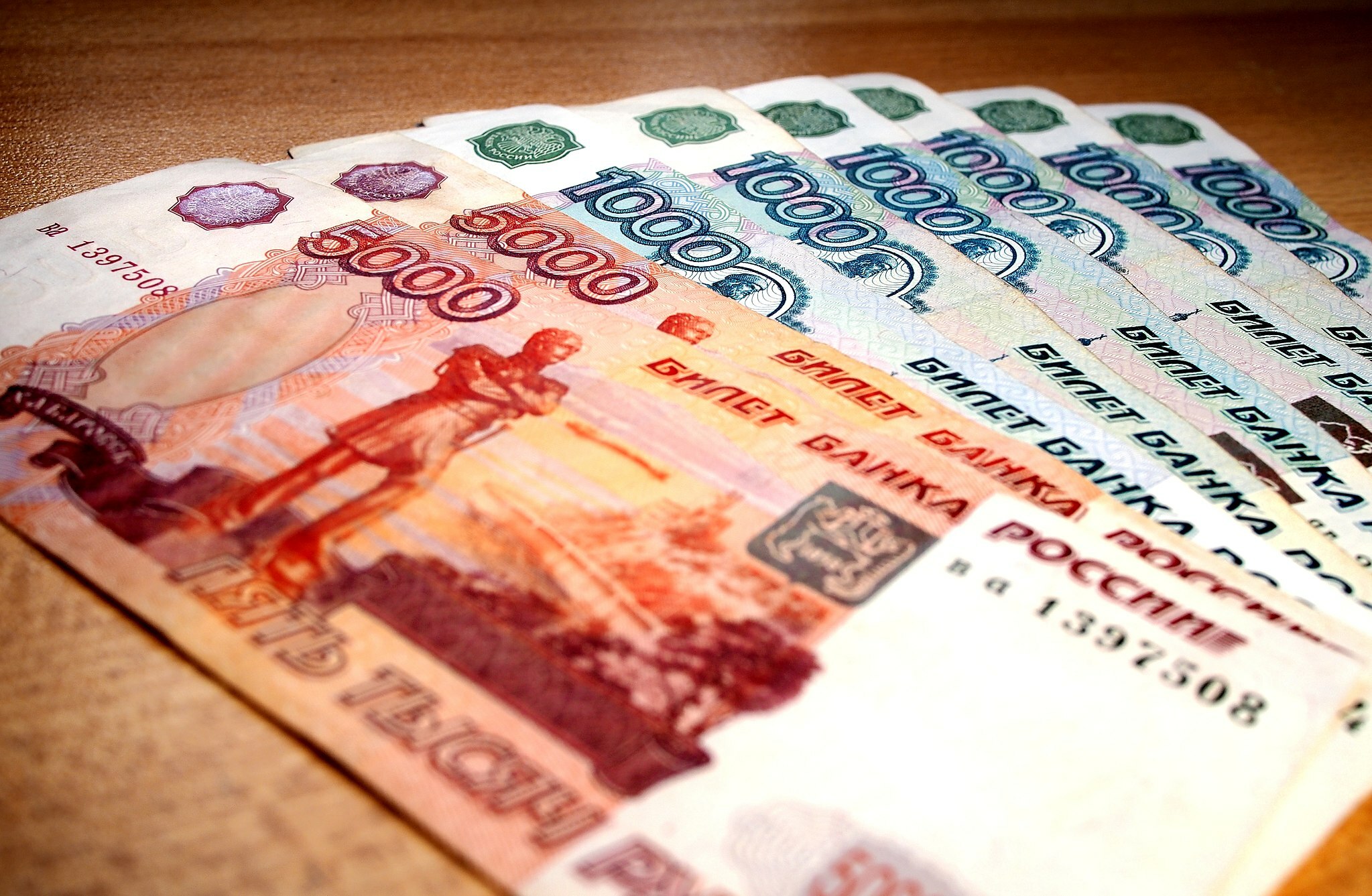
Consider the practicalities of freezing assets first. The central bank’s currency reserves are a relatively straightforward target. More than half of Russia’s reserves are held in the West and are subject to sanctions. So far, however, this giant stash is “hindered”, not technically frozen: transactions with the central bank are prohibited, but its funds are not legally blocked. That means Western countries are an extra step away from being able to seize the money, says Adam Smith of Gibson Dunn, a law firm. Ukraine’s allies could decide to take that step, as America did when it froze the Afghan central bank’s reserves last year, after the Taliban entered Kabul.
Private assets are harder to target. Russia’s stock of foreign direct investment amounts to some $500bn. But little of this is subject to freezes, says Rachel Ziemba of CNAS, an American think-tank. One problem is that it is hard to know where the investment is based: its recorded location is often Cyprus, but that tends to be only an intermediate stop. Freezes have therefore focused on individuals instead.
Read the full story and more from The Economist.

